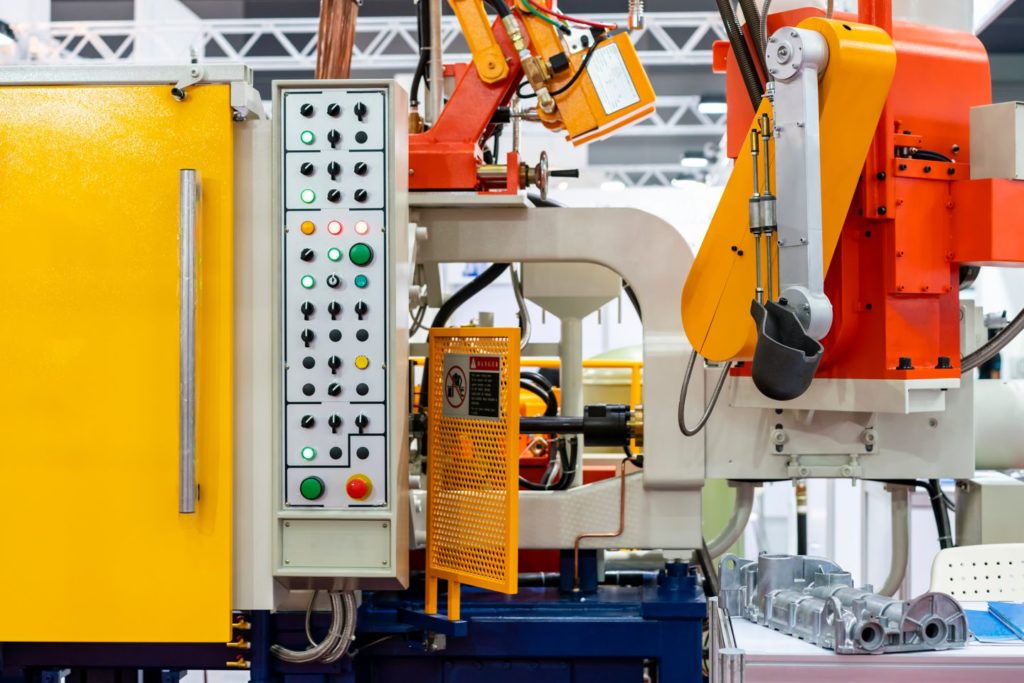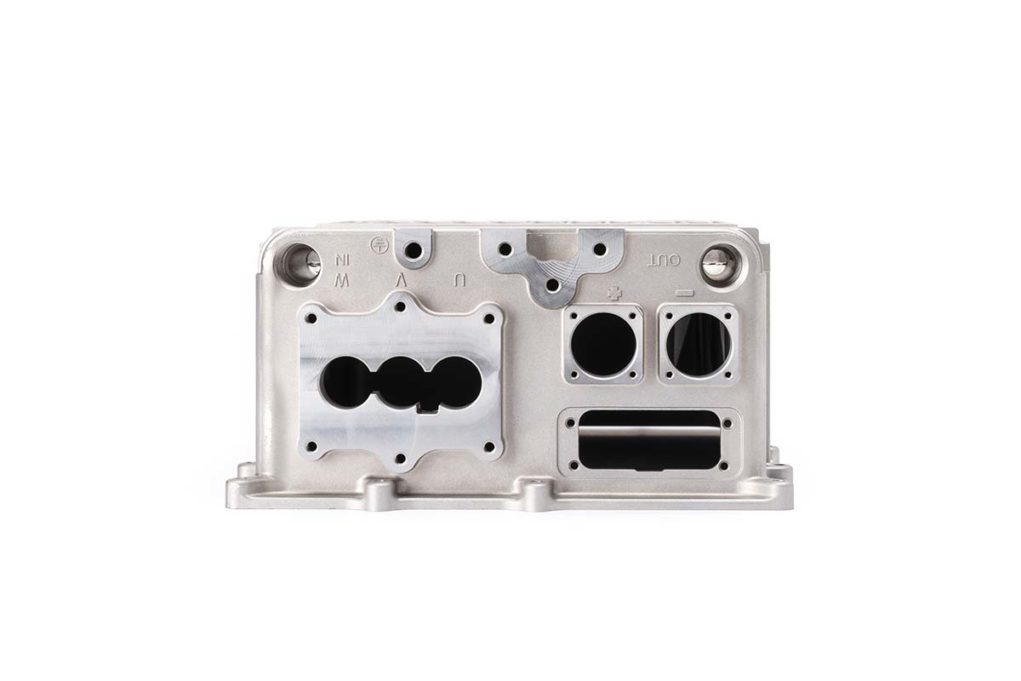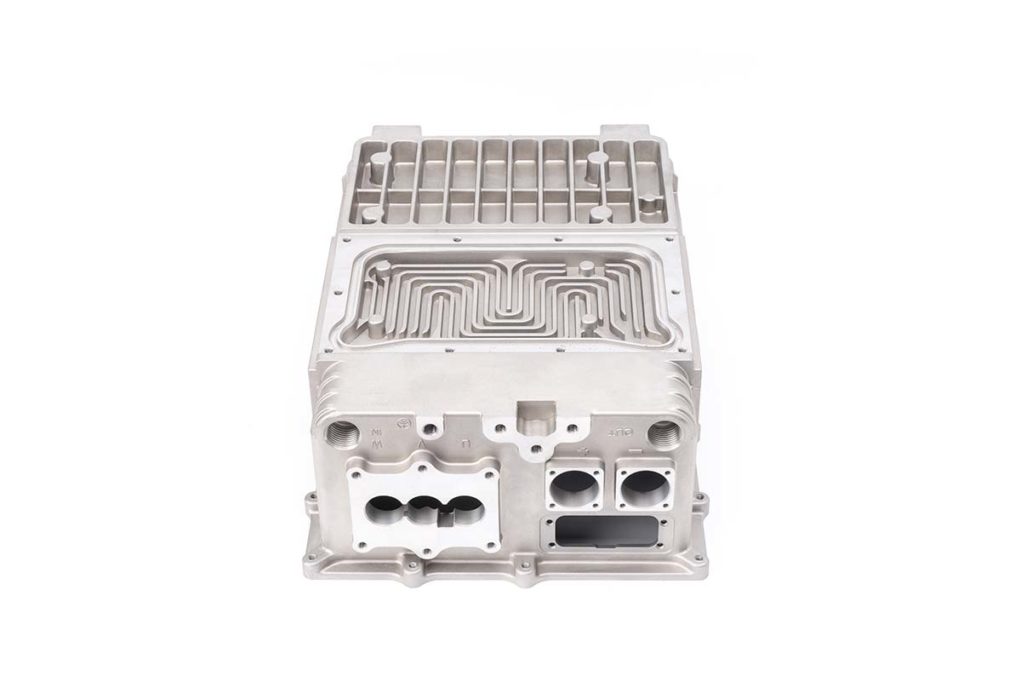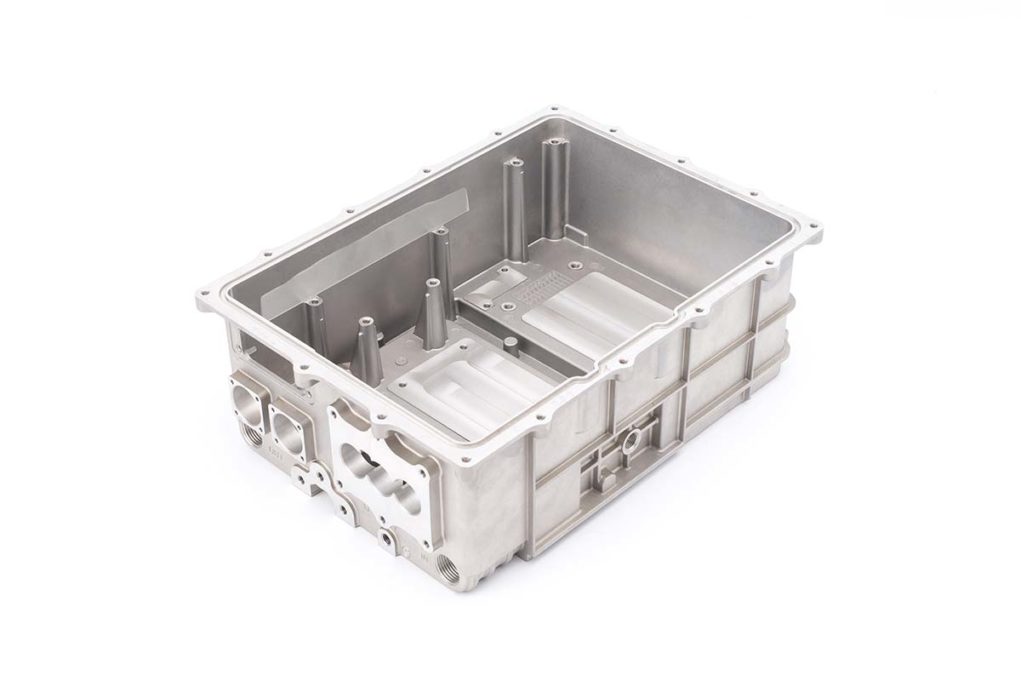
Die Casting
The best cast metal parts
Cost, quality, and delivery time all matter equally. Get the metal die cast parts you need – when you need them – with Euro Metrics.
HIGH-QUALITY METAL CASTINGS
- Discover rigorous, industry-leading quality standards
- Stop settling for “okay,” “average,” or “so-so” metal die cast manufacturing. Euro Metrics delivers best-in-class, ISO:9001 certified die casting. Our multilevel due diligence means we have boots-on-the-ground engineering support to ensure quality at every step.
FASTER PRODUCTION EURO METRICS
Speed time to marketWhy waste time waiting on long lead times and slow suppliers? Euro Metrics global network of suppliers combine quality and on-time production with a demonstrated ability to meet the fast and demanding requirements of American manufacturers and OEMs.
RELIABLE DIE CAST MANUFACTURING
Die cast solutions for every industry
- Euro Metrics produces quality die cast parts and assemblies in a wide variety of non-ferrous materials and metal alloys, including aluminum, magnesium, zinc, brass, copper. From metal castings to gravity die castings, we specialize in die castings for the automotive, lighting, and construction industries.
Get Started
Ready for quality aluminum and metal alloy die castings and on-time delivery?
- Die Casting
- Die casting is an efficient and economical manufacturing process. It is used to produce geometrically complex metal parts that are formed by reusable molds, called dies. These dies generally offer a long service life, and they are capable of producing visually appealing components.
- The die casting process involves the use of a furnace, molten metal, a die casting machine and a die that has been custom-fabricated for the part to be cast. The metal is melted in the furnace and then the die casting machine injects that metal into the dies.
- There are two main types of die casting machines:
- Hot-chamber machines (used for alloys with low melting temperatures, such as zinc)
- Cold-chamber machines (used for alloys with high melting temperatures, such as aluminum)
- In both machine types, after the molten metal has been injected into the dies, the metal cools rapidly and solidifies into what becomes the final part, called the casting. Typically, that casting will be subjected to one or more finishing processes prior to final assembly.
- Benefits of Die Casting
- Die casting can produce metal parts with complex shapes and do so with closer tolerances than many other mass production processes.
- Die casting yields especially high production rates, with parts that require little or no machining.
- Die casting results in parts that are durable, dimensionally stable, and project the feel and appearance of quality.
- Die castings can be produced with thinner walls than those obtainable by other casting methods. Die castings are generally much stronger than plastic injection moldings with the same dimensions
- The dies used in die casting can produce thousands of identical castings within specified tolerances before additional tooling may be required.
- Zinc castings can be easily plated or finished with a minimum of surface preparation.
- Die castings can be produced with surfaces simulating a wide variety of textures.
- Die cast surfaces, as cast, are smoother than most other forms of casting such as sand, permanent mold, and investment casting processes.
- Holes in die castings can be cored and made to tap drill sizes.
- External threads on parts can be readily die cast.
- Die castings provide integral fastening elements, such as bosses and studs, which can result in assembly economies.
- Inserts of other metals and some non-metals can be die cast in place.
- The corrosion resistance of die casting alloys rates from good to high.
- Die castings are monolithic. They combine many functions in one, complex shaped part. Because die castings do not consist of separate parts that have been welded or fastened together, the strength of the material determines the strength of the part, rather than a strength that depends on threads or welds.
- Die casting features high accuracy and repeatable reproduction of designs of varying complexity and level of detail.
- The use of a single mold design (die set) allows multiple features to be imparted in one process.
- Generally, die casting results in reduced cost from one process versus a process that requires several distinct production steps. It can also save money by reducing waste material and scrap.
- Die casting usually results in faster production rates or speeds.
Types of Metals used in Die Casting
Most die castings are made from non-ferrous metals. Depending on the type of metal being cast, a hot-or cold-chamber machine will be used
- Aluminum
- Magnesium
- Zinc
- Brass
- Copper
Our services are dedicated for large-series production inquiries.
Contact us!
Leave your contact details, we’ll get back to you within 2 working days. Fill in all the details, thanks to which we will be well prepared for the interview and we will use this time effectively!












